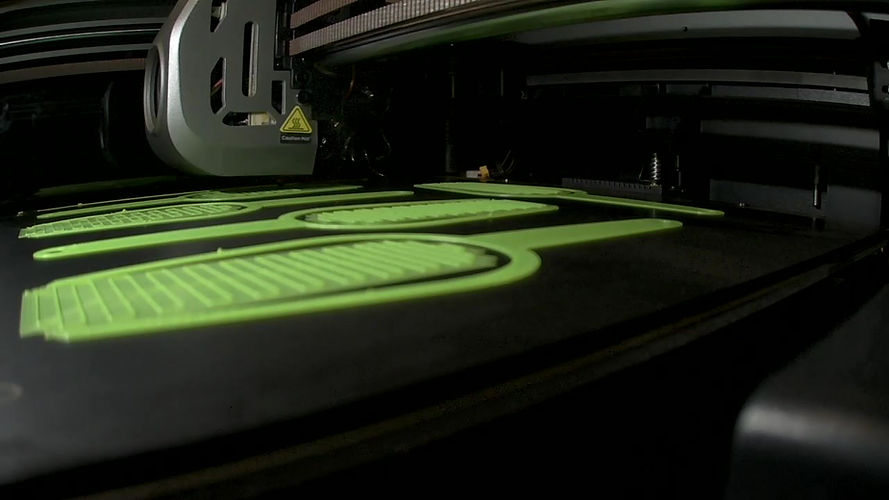First time printing?

A temperature tower is an essential tool for optimizing the print settings for any new filament you use in a 3D printer.
Here's why:
1. Identify Optimal Printing Temperature
Each filament has an ideal temperature range where it extrudes smoothly, adheres well, and produces strong layers. A temperature tower helps determine the best temperature within this range.
2. Assess Print Quality
The temperature affects various aspects of print quality, including:
Layer adhesion: Higher temperatures can improve adhesion between layers, making the print stronger.
Surface finish: Different temperatures can affect the smoothness and shininess of the print.
Stringing and oozing: Lower temperatures can reduce stringing, where thin strands of filament appear between parts of the print.
3. Minimize Defects
Using a temperature tower helps to identify and minimize common printing defects such as:
Warping: High temperatures can cause the filament to shrink more as it cools, leading to warping.
Blobs and zits: These can form if the filament is too hot and oozes too much.
Under-extrusion: If the temperature is too low, the filament may not flow properly, causing gaps and weak spots.
4. Adapt to Different Brands and Types
Even if you use the same type of filament (e.g., PLA, ABS), different brands can have slightly different optimal temperatures. A temperature tower allows you to adjust settings for each specific filament you use.
5. Save Time and Material
By quickly identifying the best temperature settings with a temperature tower, you can avoid failed prints and wasted material, leading to more efficient and cost-effective printing.
6. Consistency Across Prints
Once you determine the optimal temperature for a specific filament, you can consistently produce high-quality prints with that filament, ensuring reliability and repeatability in your printing process.
Download the relevant temp tower GCODE for your printer and find your perfect printing temperature for your printer and filament or setup your own for your unique printer.
SA Filament materials has a wide printable temperature making it easier to get successful prints. All the temp towers below are designed to print SA Filament using Generic profiles.
If you are experiencing any issue or failures please follow the fault finding videos below.
To download the codes, please right click on the file and select "Save link as"
Standard PLA
To download the codes, please right click on the file and select "Save link as"
PETG
How to analyze your tower
PLA Tips and Tricks
PLA is definitely the easiest filament to print with that's why it is so popular. Under extrusion can happed with both too hot or too cold temps causing gaps in your print. Your temp tower is your friend, best print it again when you find under extrusion.
PLA has very little warpage therefore the need for a Brim is not always there, but should you have very small contact area with your bed its always best to use a brim to prevent your print from coming loose from the board.
General printer fault finding
1. Do your PID Tuning
PID Tuning might be the most overlooked calibration that very few people talk about and yet it is the most important as it calibrates the heart of the 3D printer, your hotend. Why does my printer only print PLA above 230, why does random layer gaps form at any time of a print, why does my hotend temperature fluctuate during a print? All these are indications that your PID needs tuning. Here is an incredibly helpful video to assist you in doing your PID calibration in minutes.
General printer fault finding
2. Calibrate your E-Steps
Download this temp tower GCODE and find your perfect printing temperature for your printer and filament or setup your own for your unique printer. SA Filament PLA has a wide printing temperature and should be able to printable anywhere from 190 to 240 degrees.

